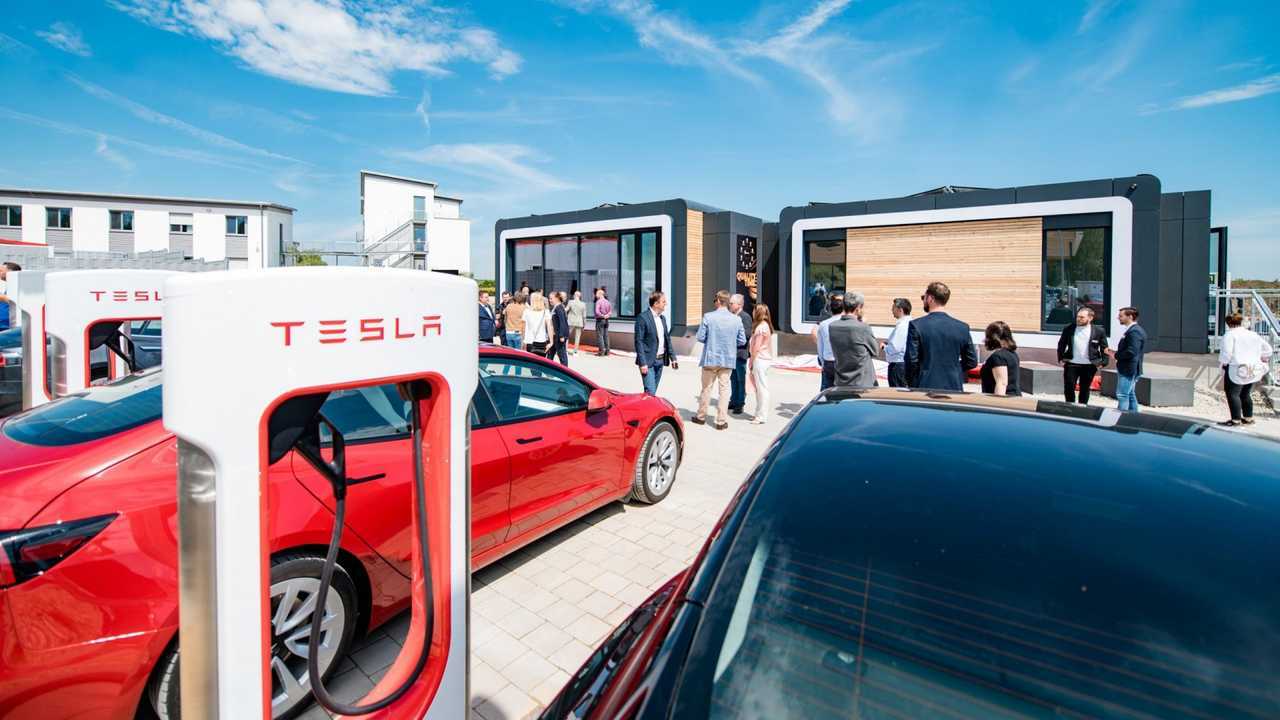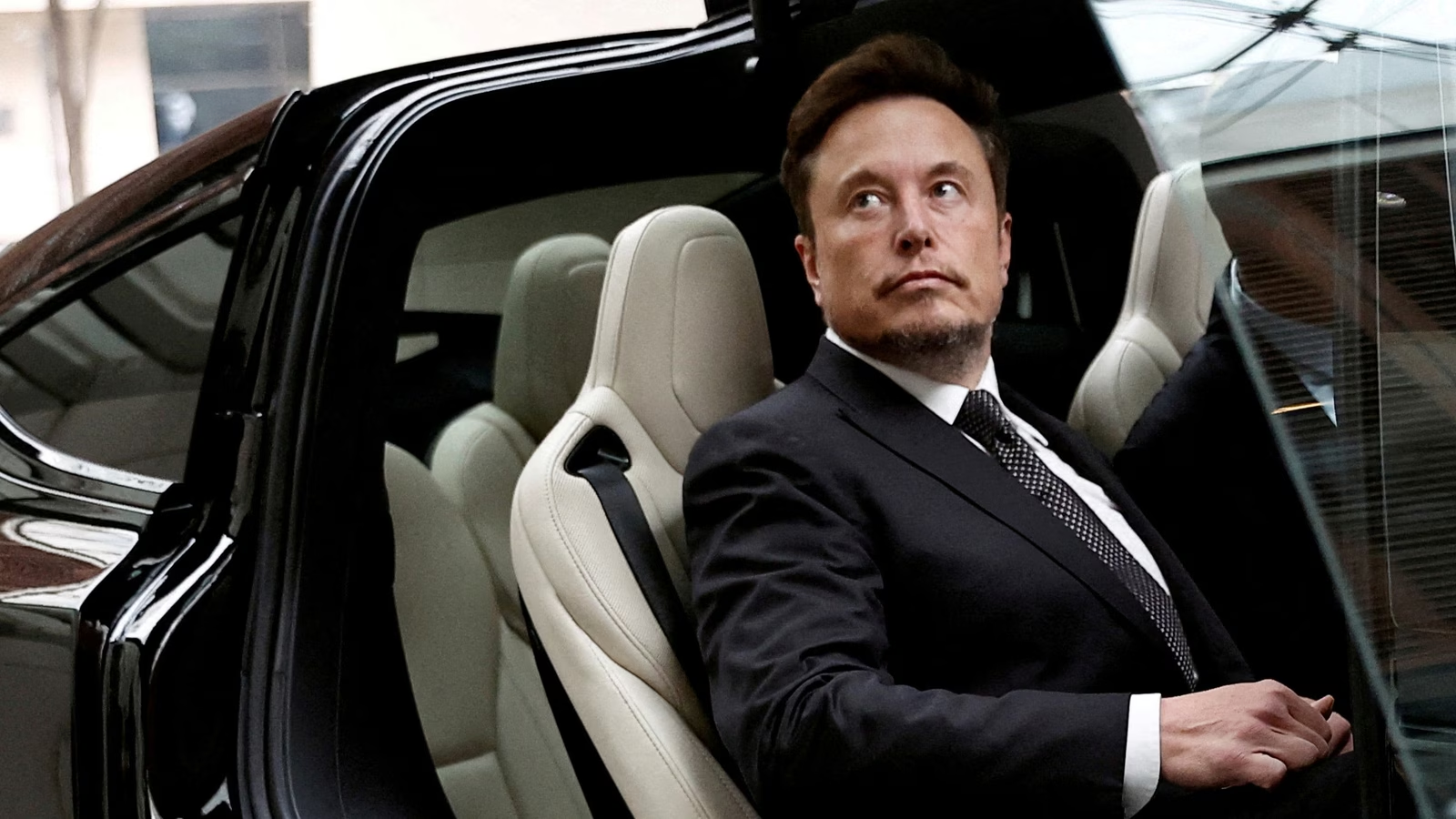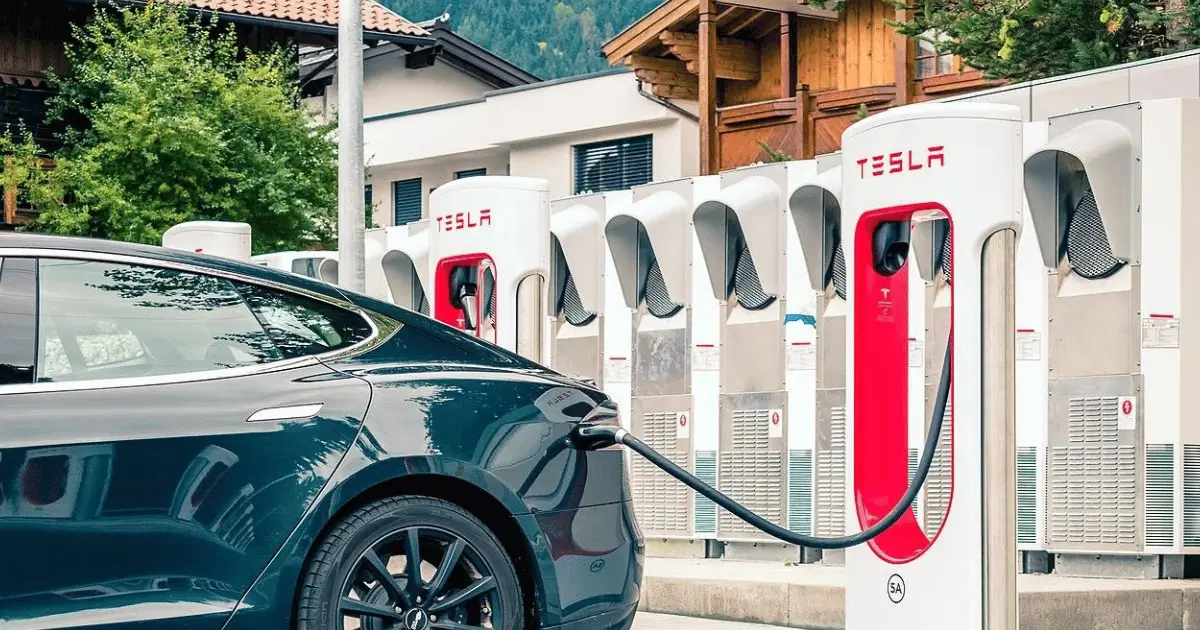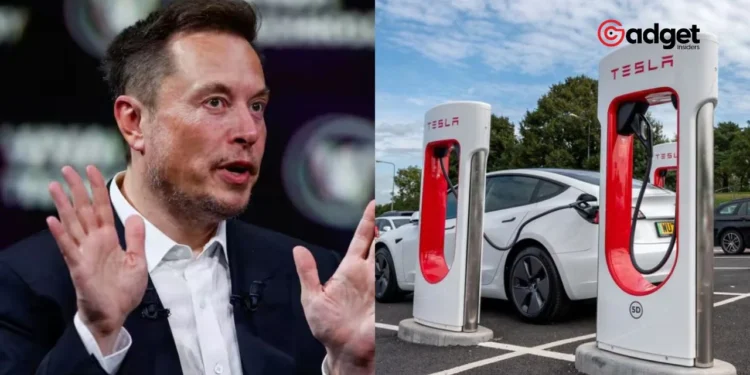Tesla, a trailblazer in the electric vehicle industry, has recently made headlines not just for its innovations but also for a significant shift in its workforce dynamics. The company’s decision to lay off approximately 500 employees from its Supercharger division, as part of a broader cost-cutting strategy by CEO Elon Musk, is stirring concerns across the EV sector, particularly at a time when expanding EV infrastructure is more critical than ever.

Navigating Through Turbulent Times: The Impact of Tesla’s Layoffs
The layoffs, which include key executive roles, have immediately impacted Tesla’s operations, leading to delayed projects and communication breakdowns. Contractors and company partners have reported bounced emails and stalled projects, signaling a rocky transition period for the company. These cuts arrive at an especially challenging moment, as company aims to cement its charging infrastructure as a standard in North America.
Very interesting piece of context on the @tesla supercharger team layoffs.
If you're feeling nervous about it, highly recommend watching.https://t.co/OxlFcN3WsN
— Hans C Nelson 🏴☠️ (@HansCNelson) May 3, 2024
Elon Musk has reassured stakeholders that despite the team’s downsizing, the focus will remain on ensuring “100 percent uptime” at existing Supercharger stations. However, this promise does little to alleviate concerns about the potential slowdown in new installations and the broader implications for Tesla’s ambitious expansion plans.
A Setback for Expansion: Tesla’s Retracting Supercharger Network
Just weeks before the layoffs were announced, company was positioning itself to broaden its Supercharger network, with plans to make its stations accessible to other electric vehicle brands. This expansion was supported by $17 million in federal grants intended to foster a more inclusive EV charging network. Yet, the recent workforce reduction has led to the cancellation of several planned Supercharger sites, particularly around the New York area, where four sites have seen their leases terminated.

The scaling back of company’s expansion efforts is a stark reversal from earlier plans and paints a picture of a company in a strategic flux. Reports from Electrek highlight the cessation of ongoing projects, including the setup of slower Level 2 destination chargers at residential locations, further complicating Tesla’s infrastructure goals.
Community Impact: Real Stories from the Ground
The effect of company’s organizational changes is palpable at the community level, where individuals like Don Burke, a condominium owner, experience direct setbacks. Burke’s project to install four Tesla chargers at his building was abruptly halted, leaving him with no clear path forward as attempts to reach Tesla for support have been fruitless.
Moreover, the broader rollout of CCS-to-NACS adapters, essential for making company’s Superchargers compatible with other EVs like Ford, Rivian, and GM, is now under threat. This adapter distribution is critical as it represents a significant step towards a universal charging ecosystem in North America.

Tesla’s Future in EV Infrastructure: Balancing Act Between Cost and Innovation
As company navigates through these layoffs and strategic realignments, the industry watches closely. The decisions made today will not only affect company’s trajectory but also have wider implications for the electric vehicle infrastructure across North America. While the company aims to maintain service quality at its existing stations, the slowdown in expanding the Supercharger network could be a setback for the broader adoption of electric vehicles.
In conclusion, while company continues to push the boundaries of EV technology, the current restructuring within its Supercharger division highlights the complex balance between innovation, expansion, and fiscal prudence. How company manages this balance will be crucial in shaping its role in the future of electric vehicle infrastructure.










